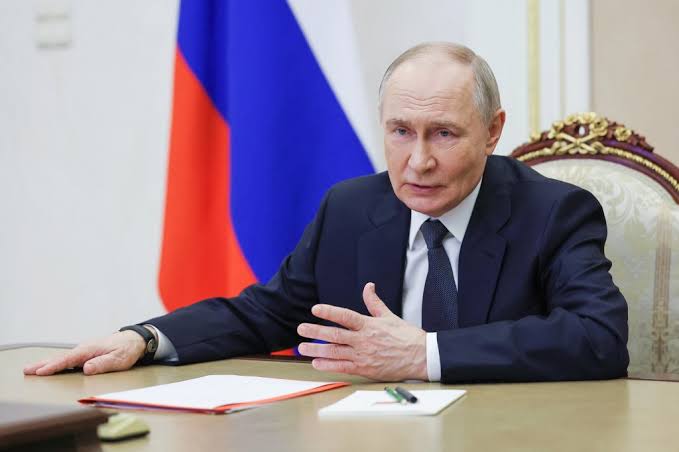In a sudden and unexpected twist, Russian President Vladimir Putin announced a temporary Easter ceasefire in the ongoing war with Ukraine. On the surface, this may appear to be a humanitarian gesture or a sign of goodwill, especially as it came just hours after U.S. Secretary of State Marco Rubio and President Donald Trump demanded tangible signs that Moscow is ready for peace.
But beneath the surface, this move seems more calculated than compassionate.
A Move With Hidden Motives?
To many international observers, this truce appears less like a step toward peace and more like a strategic maneuver aimed at influencing political narratives in the West—particularly in the U.S. The timing of the announcement, so closely following the Trump administration’s comments, has raised eyebrows. Could this be a way for Putin to curry favor with Washington or paint Ukraine as the uncooperative party in front of the global stage?
The declaration was also strikingly one-sided. There was no prior communication with Kyiv or its allies. Ukrainian officials were blindsided, and on-the-ground reports suggest that Russian strikes continued in frontline areas, even after the ceasefire was supposed to take effect.
A Nightmare to Implement
Implementing a ceasefire of this magnitude isn’t as simple as flipping a switch. War zones are complex, and Ukrainian forces could still be engaged in active combat when the order comes down. Without proper coordination, miscommunication could easily lead to further violence or chaos. Soldiers on both sides may be unsure about how to respond, when to stop firing, or what actions constitute violations of the truce.
Moreover, the lack of trust between the two nations makes any unilateral ceasefire difficult to respect or enforce. It’s easy to imagine a situation where both sides accuse each other of violations, further fueling the mistrust that has characterized this conflict for over three years.
A Pattern of Political Posturing

This isn’t the first time Moscow has made such a gesture. In January 2023, Putin called for a Christmas truce that was widely dismissed as a tactical ploy rather than a genuine step toward peace. Just like then, this latest announcement seems to be more about shaping international perception than stopping the bloodshed.
Without joint negotiation and preparation, any ceasefire is bound to be shaky. The Kremlin’s decision to unilaterally halt strikes on energy infrastructure also adds to the confusion, especially when Ukrainian officials claim the truce began later than the Kremlin suggested.
The Bigger Picture
At best, this truce is a symbolic gesture. At worst, it’s a manipulative tactic designed to score political points while placing the burden of escalation on Ukraine. It might play well in front of cameras or in U.S. political circles, but on the ground, where lives are at stake, it could further erode the fragile threads of diplomacy.
In the end, peace needs more than announcements—it needs trust, coordination, and genuine commitment from both sides. And this truce, sadly, seems to lack all three.


